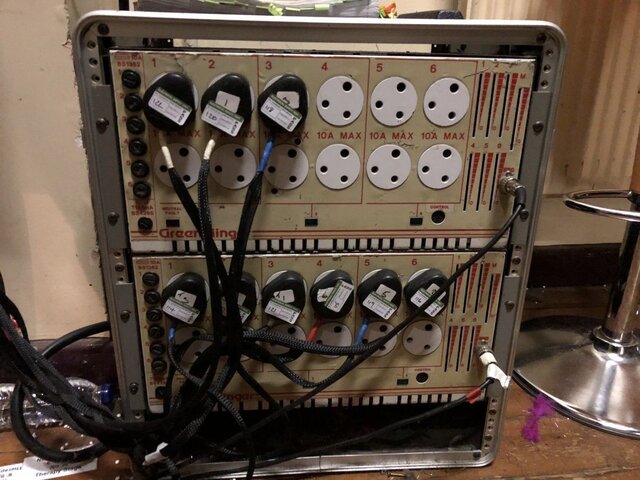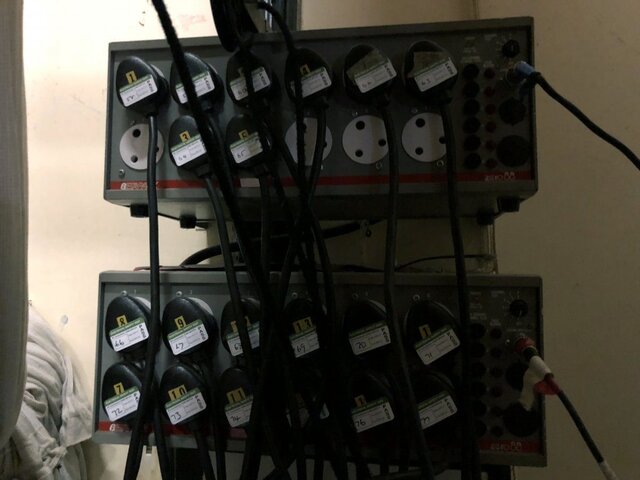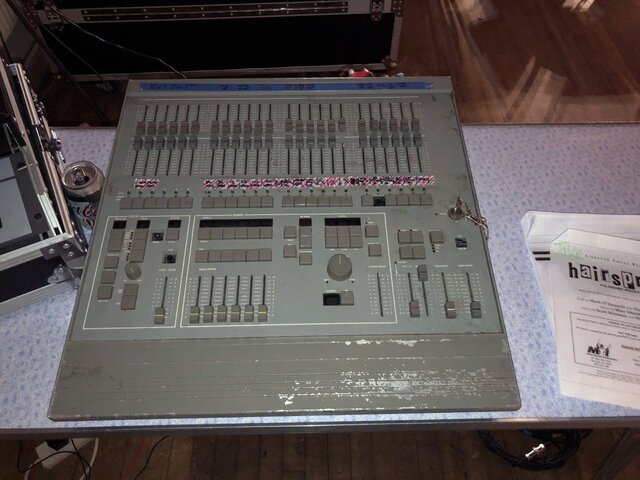Scott Robinson
New Member
Hello,
New person to the forums here! I'm a techie by day (Snr Broadcast engineer building TV stations and then Radio engineer in 'spare' time), however I'm new to theatre.
Sound = No problems really.
Lighting = Completely new and trying to get my head around it.
I've just been dragged in to helping with my local amateur drama group so trying to get up to speed.
Q1) Why are 'old school' theatre lights 3 pin 'circular' sockets rather than a standard 'US'/'UK' plug? Or is this just a case of lighting companies creating a monopoly all those years ago...
Q2) I understand DMX, however... Can I somehow get a standards converter so that we can DMX control old school lights? See 'base unit' in picture below.
If I'm in the wrong place, please don't shout - I'm new. Just point me in the right direction.
Thanks!
New person to the forums here! I'm a techie by day (Snr Broadcast engineer building TV stations and then Radio engineer in 'spare' time), however I'm new to theatre.
Sound = No problems really.
Lighting = Completely new and trying to get my head around it.
I've just been dragged in to helping with my local amateur drama group so trying to get up to speed.
Q1) Why are 'old school' theatre lights 3 pin 'circular' sockets rather than a standard 'US'/'UK' plug? Or is this just a case of lighting companies creating a monopoly all those years ago...
Q2) I understand DMX, however... Can I somehow get a standards converter so that we can DMX control old school lights? See 'base unit' in picture below.
If I'm in the wrong place, please don't shout - I'm new. Just point me in the right direction.
Thanks!





